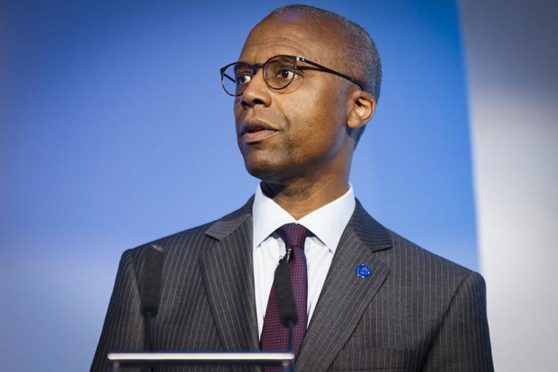Scotland’s union leaders have issued a stark warning that teachers have been “running on empty” this year.
As about 140,000 students received their results by text, email or in the post, it emerged that pass rates were down on last year.
However, the Scottish Government also pointed out that the number of Higher passes is at a record level since devolution, and the number of Advanced Higher passes is the highest since their introduction in 2001.
The country’s union leaders praised both pupils and staff for coming through this academic year and said schools had done “a tremendous job”.
But both of Scotland’s main teaching unions – NASUWT and the Educational Institute of Scotland (EIS) – said school staff had faced huge pressures.
The union concerns highlighted the extra workload caused by the different assessment system and warned there must be no repeat next year.
‘Huge pressures and additional workload’
Dr Patrick Roach, General Secretary of NASUWT, said: “Students, teachers and school leaders have worked extremely hard to secure this year’s results in the face of unique and hugely difficult circumstances.
“School staff deserve recognition of the huge pressures and additional workload they have faced.
“Young people deserve praise for the tenacity they have shown in dealing with the huge uncertainties and anxieties of the last 18 months.
“The challenges of the awarding process this year were significantly exacerbated by the Government’s and SQA’s chaotic and disjointed handling of this year’s arrangements for the awarding of qualifications.
“While schools have done a tremendous job in picking up the pieces caused by the failures of ministers and SQA, many teachers were left running on empty with teacher workload at breaking point at the end of last term. We cannot afford a repeat of this confusion and chaos for yet another year.”
SQA scrapped: ‘Contingency plans needed’
In June, education secretary Shirley-Anne Somerville revealed the Scottish Qualifications Authority (SQA) would be scrapped.
Although the decision was generally welcomed, some feared the disruption would be detrimental to pupils and teachers alike.
Dr Roach added: “In looking ahead to plans for qualifications in 2022 the NASUWT has made it clear to ministers and regulators that mitigations and contingency plans will still be needed.
“Such mitigations should include a slimmed down package of subject content to help reduce the pressures on pupils and teachers and reflect the impact of the disruption to their learning pupils have faced over the last 18 months.
“Teachers and pupils due to gain qualifications next summer cannot be the victims of uncertainty about the future direction of the education system.
“Work to review the shape and scope of the SQA and wider education system must not be at the expense of ensuring that schools are swiftly provided with information and support on arrangements for 2022.
“Teachers and young people need a system for next year’s qualifications which is realistic and responsive to the continuing challenge of the pandemic on students’ education.”
EIS union concerns: ‘Too much emphasis on exams’
EIS General Secretary Larry Flanagan added: “Scotland’s young people have endured a particularly difficult period over the past year, with the ongoing coronavirus pandemic creating many challenges in all aspects of their lives including their education.
“As we look ahead to the welcome replacement of the SQA and a refresh of a qualifications system that still places too much emphasis on high-stakes end of year exams, there will be lessons to learn from this year’s experience.
“Today, however, is about recognising and celebrating the successes of Scotland’s young people.”
A Scottish Government spokeswoman said: “The Education Secretary will set out plans for National Qualifications in 2022 shortly.
“As a result of the recommendations made by the OECD, Professor Ken Muir is taking forward work on next steps following the announcement that the SQA will be replaced and Education Scotland reformed. This work will not disrupt plans for next year.
“Along with various unions, young people are part of our Scottish Education Council which will play a key role in education reform. A new Children and Young People’s Education Council will also be created to ensure that the voices of those who are most affected by any changes in education are always heard.”

